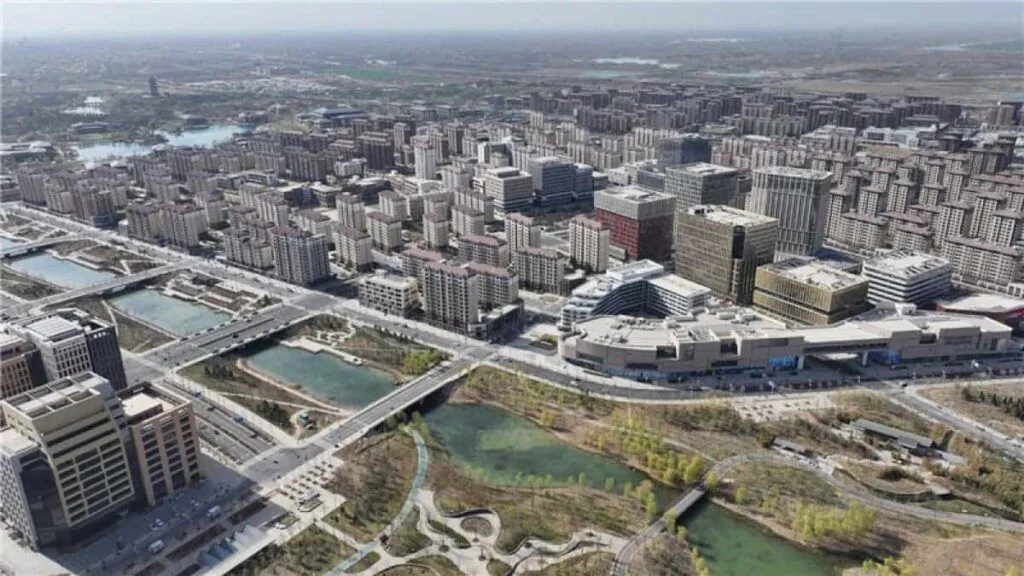Inside China’s $86 Billion Ghost City: Why Xiong’an Still Sits Empty

Deep in Hebei province, China, lies Xiong’an—a city planned as a model for eco-friendly urban living. With an eye-popping $86 billion price tag, this new city has earned a reputation as China’s latest ghost town. Despite all the hype, Xiong’an has sparked plenty of debate over urban planning and sustainable development in super-fast-growing economies.
The Idea Behind Xiong’an
Xiong’an was born seven years ago as a way to ease the crowding issues in Beijing. With the capital bursting at the seams with people and infrastructure, the government wanted to spread things out a bit. The city is designed so that 70% of its area is set aside for parks, lakes, and bike paths. Unlike other Chinese urban jungles loaded with skyscrapers, Xiong’an focuses on open spaces and a greener way of living.
Planning for the city kicked off with big dreams. Its creators wanted to build a place that not only offered housing but also promoted a balanced environment and a high quality of life. Despite these good intentions, little of the city is actually in use today.
The Population Puzzle
Right now, only about 1.2 million people call Xiong’an home—a far cry from what was originally planned. The infrastructure built to support a much larger crowd mostly sits empty. This gap between the vision and the reality shows that the city’s design isn’t matching up with what locals really need.
Xiong’an’s issues remind us a bit of Shenzhen’s early struggles. But while Shenzhen eventually grew into a buzzing metropolis, Xiong’an is still having a hard time pulling in folks away from Beijing’s booming job market and lively cultural scene.
Going Up Against Beijing
One of the big hurdles for Xiong’an is its tough competition with Beijing. The capital is chock-full of job opportunities and has a rich cultural vibe, making it hard for Xiong’an to attract people. Urbanist Richard Hu puts it this way: “Moving from Xiong’an to Beijing is seen as a step up in life, whereas the reverse is viewed as a step down.” This mindset makes it tricky for Xiong’an to win over new residents.
Too often, heading to Beijing is seen as a move toward better prospects, a view that overshadows the modern comforts and eco-friendly design Xiong’an offers.
Urban Planning Takeaways
Xiong’an’s status as a ghost city puts a spotlight on some of the pitfalls of top-down urban planning. Even though the idea was to blend sustainability with smart design, questions come up about whether big city projects like this can hit the mark without really considering how people live and what they prefer.
This situation isn’t just a local issue—it sends ripples around the world as cities face similar challenges in balancing green initiatives with everyday needs. Plus, unused green spaces add another layer of debate when deciding the best way to combine nature-friendly projects with real urban demands.
What This Means Moving Forward
Xiong’an’s story is a real eye-opener for anyone looking at future urban projects around the globe. It shows just how important it is to match city plans with real-life population trends and what people are looking for. By digging into these details, city planners might avoid some of the hurdles seen in other industries—think electric vehicles and their range issues in cold weather.
Even though Xiong’an is still largely empty, its current state sparks useful discussions about how cities can evolve in a way that blends sustainability with people’s needs and economic realities. As more populations shift and grow, lessons from Xiong’an might just help pave the way for developing smarter, more livable cities in the future.